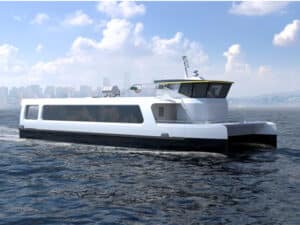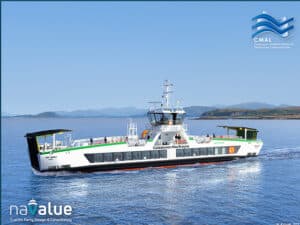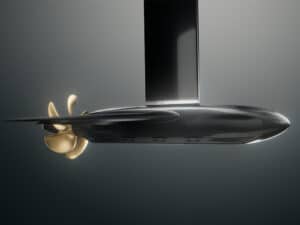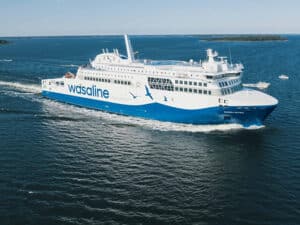
E-foiling ferries could transform New York routes by 2027
Written by Heather Ervin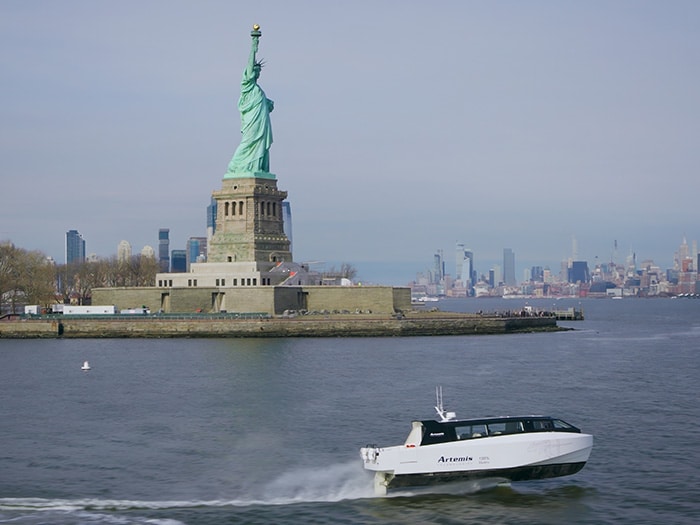
Credit: Artemis
A combination of policy support, infrastructure investment, and innovative vessel technology could accelerate the shift to zero-emission ferry operations, according to David Tyler, co-founder of Artemis Technologies, who spoke with Marine Log about the opportunities and challenges facing the sector.
Tyler identified the biggest obstacle to widespread electric ferry adoption as the need for a holistic approach that integrates vessel technology with shoreside charging infrastructure. Unlike conventional diesel ferries, electric ferries require careful route modeling, range planning, and charging strategies to maintain reliable service.
“There are huge benefits to electric ferries—emissions reduction, lower service and maintenance costs, and significant energy savings—but you have to look at the total cost of ownership, not just the upfront vessel price,” Tyler said.
He noted that public perception has shifted in recent years, with policymakers and passengers increasingly familiar with electric transportation and its operational nuances. Still, there is no “one-size-fits-all” solution—short, slow-speed routes are well suited to conventional battery-electric vessels, while longer or higher-speed services may require alternative designs.
One such design is the e-foiling ferry, which integrates an electric propulsion system into a hydrofoil structure. By lifting the hull out of the water at speed, drag is reduced and energy use drops by 70–90%, enabling faster charging, longer range, and reduced battery replacement costs. Tyler said this technology could be a “game changer” for busy urban ferry systems.
In New York, routes with longer distances—such as the Rockaway service—would see the greatest benefits in fuel savings, but even shorter East River runs could offer strong business cases when factoring in lower operating costs and the potential to increase service speed and frequency.
Tyler also discussed ongoing R&D into debris detection and collision avoidance systems for foiling vessels, including recent testing in British Columbia. The technology, expected to be available on the first U.S.-delivered e-foiling ferries in 2027, uses sensor fusion from multiple radar and camera systems to identify and avoid hazards.
While early adopters face higher initial costs, targeted funding programs—such as the U.S. Federal Transit Administration’s ferry grants and similar schemes in the UK—can help de-risk investments. Tyler emphasized the importance of pairing these incentives with clear zero-emission mandates, citing Norway’s 2030 target as a driver of rapid industry change.
The first U.S.-built e-foiling ferries could be delivered in 2026, with East Coast manufacturing capability to be announced soon. “It’s about providing the same or better service the public gets today—only faster, quieter, and cleaner,” Tyler said.
You can find an earlier Q&A with David Tyler on Marine Log’s website.

